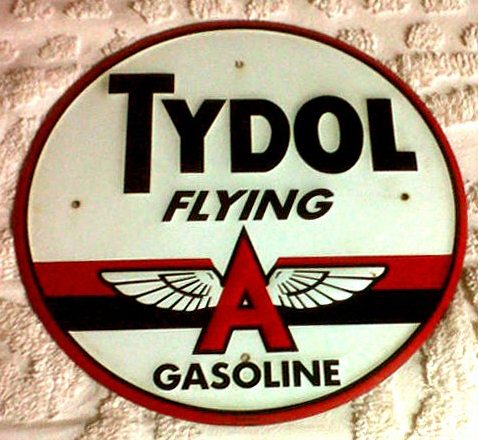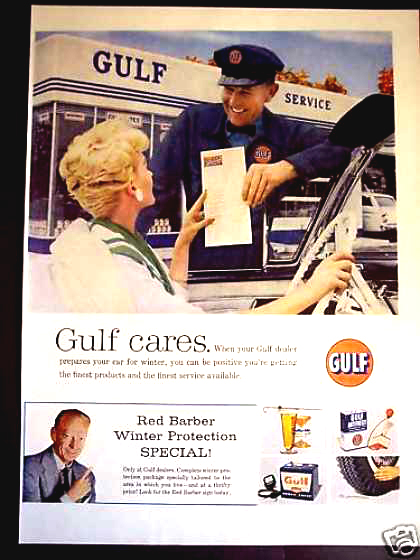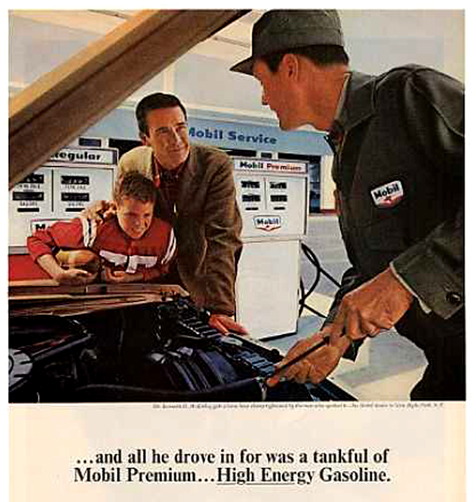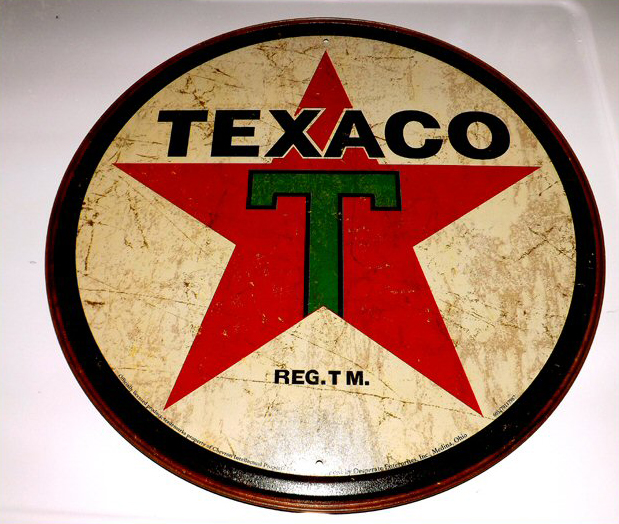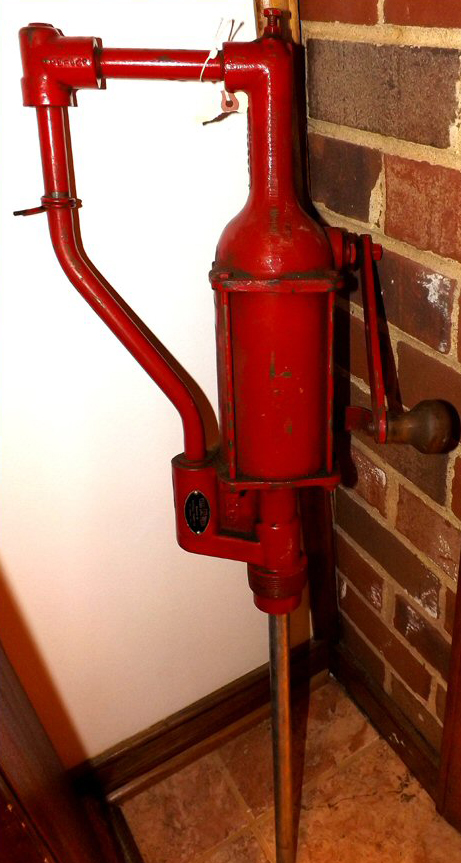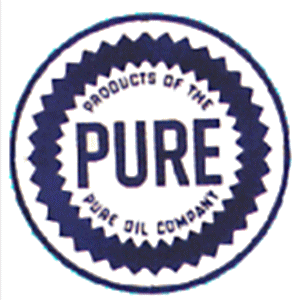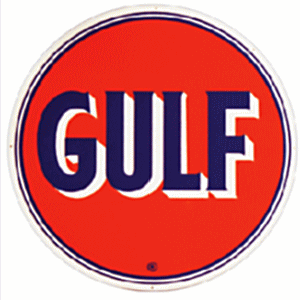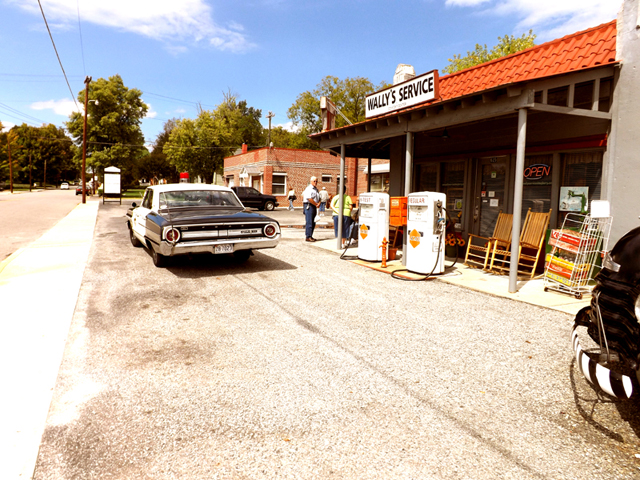WELCOME TO THE
MUSEUM OF YESTERDAY'S
ANTIQUE TOOL DISPLAY GALLERY |
|
TRADITIONAL AMERICAN TOOLS |
The Museum Of Yesterday maintains an on-site traditional woodworking and metal fabrication shop. The shop serves not only as an artifact in the museum's diversified collection of 19th and early 20th Century industrial and scientific items, but it also functions as a working shop for restoration of other pieces in the collection, and as part of our organ building and restoration operations. Here are a few photos of the ever growing traditional tool collection. The museum also sponsors public demonstrations of traditional woodworking at area fairs and gatherings, as well as at the museum's headquarters.
|
|
The following are samples of antique tools housed in the collection. |
|
| |
|
| |
|
The photo above is of our prized 1907 Buffalo Forge post drill. This item is identical to the Buffalo drill that was in use from 1925 until the mid 1950's at the family's wood and metal working shop in New Orleans. The drill has been completely restored and is a now working artifact in the Museum Of Yesterday collection. |
| |
|
An assortment of wood planes, some dating to the early 1800s. from the museum's tool collection. These vintage tools are usually employed in our classic woodwork demos that are often held at fairs and craft shows, but they are also deployed occasionally in the wood restoration process of other furniture and wood items in the museum's various collections. |
| |
|
This do-all Stanley #45 plane was state-of-the-art for woodworkers in the early 20th Century. Below are the various blades that can be used with this multi-purpose plane. |
|
| |
|
Before the invention of electric mitre saws, this Stanley miter box was the greatest available technology for cutting angles on wood. Despite its age and simplicity, it still cuts extremely accurate and predictable angles. |
| |
|
A hand operated dril from the 1920s. This was known as a "breast drill" because the user would bear down by placing the chest against the pad at the top, thereby putting downward pressure on the bit again st the work piece as the crank was turned. |
| |
| |
|
A blacksmith at work. For more photos and information of rural American crafts, please visit our web site featuring photos from Virginia's "Field Day Of The Past." "Field Day Of The Past" is an annual fall celebration in the countryside of Rockville, VA. where old machinery, tools, and relics of America's rural past are available for the public to see and experience. An entire village of early 20th Century technology, agriculture, and buildings has been assembled in the fair grounds permitting the visitor to step back into an era when industrialization was beginn ing to develop in rural Virginia. Click the above photo to link to the Field Day Of The Past site. |
| |
|
This blacksmith's anvil was fashioned from a section of railroad track. It is part of a collection of tools purchased from a railroad blacksmith shop and foundry for inclusion in the blacksmithing exhibit at the Museum Of Yesterday.
The practice of fabricating anvils in this manner was very common around railroad shops and yards due to the readily available steel track waste, and it is not uncommon to find track anvils in the remaining blacksmith shops and foundries that perform railroad related work. Anvils were used by the blacksmith as a hard base upon which to strike and hammer hot metal for the purposes of shaping and welding it. |
| |
|
In mid-20th Century manufacturing plants and machine shops across the nation, the role of the machinist was a time honored trade. A machinist or millwright in a manufacturing plant treasured the substantial investment that would be represented in the precision tools that were necessary to perform accurate work. Working in tolerances as narrow as 1 / 10,000 of an inch, the Starrett tools contained in this beautiful hand-crafted tool box, would have been as essential to the plant machinist as a common screw driver or wrench would be to any other trade. The Museum of Yesterday collection contains a wide selection of Starrett machinist tools and instruments. |
| |
| |
THE GREAT AMERICAN GAS STATION |
|
The Gas Station and local mechanic shop was an integral part of the American landscape through the mid-20th Century. A far cry from today's major oil company owned "mini-mart" and customer-pumped gasoline outlets, the "gas station" of old was usually a privately owned "mom 'n pop" concern which offered not only gasoline and petroleum products, but also full automotive repair service from a resident "mechanic on duty." Today, these road-side family enterprises have all but disappeared in favor of large multi-bay auto repair chains and mega gas outlets. In celebration of the great American gas station and mechanic shop of old, the Museum of Yesterday is constantly expanding its collection to include items familiar to the mid-century automotive service field. |
| |
|
Another example of a 1920's gasoline station is the Short Pump Shell station and garage. Once a familiar landmark in the Glen Allen section of Henrico County, VA, the station has been relocated and preserved as an artifact of early 20th Century rural life in central Virginia. It is presently housed on the fairgrounds of the Field Day Of The Past in Rockville, VA. |
| |
|
(Above:) Wally's Service Station and Mechanic Shop in Mt. Airy, North Carolina was the inspiration for the gas station that was featured in the television series "The Andy Griffith Show." Mt Airy was the home town of the show's star, actor Andy Griffith, and the basis for the series' fictitious town of Mayberry. Wally's Service, shown above, personifies the spirit of the great American gas station and mechanic shop that is celebrated in the collection of the Museum of Yesterday. (Note: If you click on the photo above, you can view the sights in Mt.Airy, North Carolina, the original home town of Andy on which Mayberry and the Andy Griffith TV Show was based) |
| |
THE MUSEUM'S 1940 VINTAGE GAS STATION |
|
Our 1935 Gilbarco gasoline pump bearing trademarks of the Mobil Oil Company. This is an actual working vintage pump, complete with original meter and mechanism, and not one of the replicas sold today. When we obtained this artifact, the results of the pump's last gas sale transaction were still in evidence on the meter. At the time it was removed from service in the 1960s, the price of gasoline was 40.9 Cents per gallon. |
| |
|
A portion of the Museum Of Yesterday's growing mid-20th Century gasoline station exhibit |
|
In times gone by, motor oil, like many other household and commercial products, was delivered in metal cans. Special self-puncturing spouts were available to allow easy opening of the cans and speedy spill-proof delivery of oil to the filler tubes on car engines. By the 1990's, the metal oil can had all but disappeared from the scene. In the years surrounding World War- II, names like ESSO, PAN-AM, MOBIL, CONOCO, GULF and TEXACO dominated the oil market. Through later mergers, many of these company names and trademarks disappeared. Today, motor oil is delivered to market in plastic bottles, and only three or four brand names are commonly found. Likewise, the term "premium" gasoline has replaced the term "ETHYL" as a designation for higher octane products.
Today's gasoline station experience is a pump-it-yourself ritual (except in New Jersey where self-service gasoline dispensing is illegal), and the only contact the customer usually has with an attendant is when paying for coffee and food items at the gas station's "quickie-mart." The experience is a far cry from the days of the neighborhood filling station of old when the attendants knew their customers by name, and drivers were greeted with a friendly "fill-em-up" and an offer to "check the hood"usually from the aspiring mechanic son of a friend or neighbor.
|
| |
|
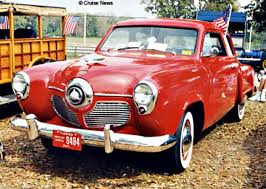 Photo and narrative courtesy of Wikipedia Photo and narrative courtesy of Wikipedia |
Studebaker entered the automotive business in 1902 with electric vehicles and in 1904 with gasoline vehicles, all sold under the name "Studebaker Automobile Company". Until 1911, its automotive division operated in partnership with the Garford Company of Elyria, Ohio and after 1909 with the E-M-F Company. The first gasoline automobiles to be fully manufactured by Studebaker were marketed in August 1912. Over the next 50 years, the company established an enviable reputation for quality and reliability. After years of financial problems, in 1954 the company merged with luxury carmaker Packard to form Studebaker-Packard Corporation. However, Studebaker's financial problems were worse than the Packard executives thought. The Packard marque was phased out and the company returned to the Studebaker Corporation name in 1962. The South Bend plant ceased production on December 20, 1963 and the last Studebaker automobile rolled off the Hamilton, Ontario, Canada, assembly line on March 16, 1966. |
|
| |
|
"Tydol" (Tidewater Oil Company) gasoline porcelain sign from front of filling station gas pump |
| |
|
Mid-Century oil company advertising emphasized the "personal and friendly Service" provided by the company's retailers. Just try to have a radiator hose replaced, or even get your oil checked at one of today's major oil company operated "quickie-mart" gas stations. Below: Trademark from a Tonkheim Texaco gasoline pump. |
|
| |
|
Tuthill Fill-rite hand pump was used in filling stations to pump oil, kerosene and mineral spirits from 55 gallon drums into customer provided containers by the gallon.
|
|
| |
Please continue your museum tour by returning to the Great Hall
 |
Copyright 2020 The Museum Of Yesterday, Chesterfield, VA USA
|
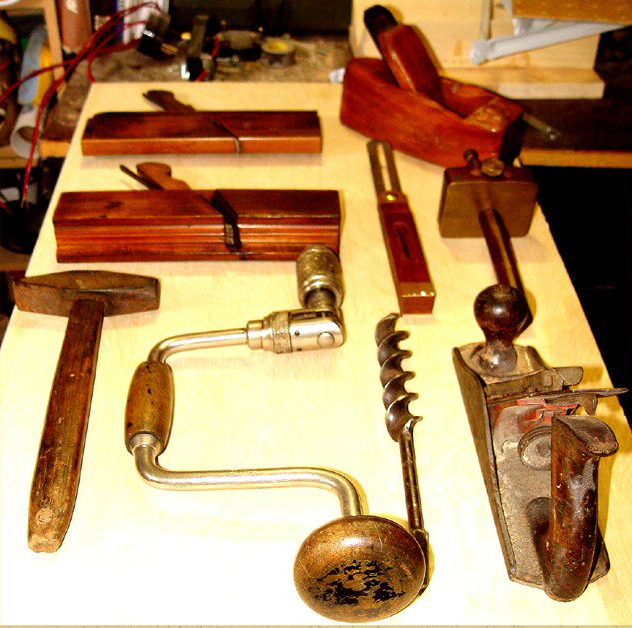


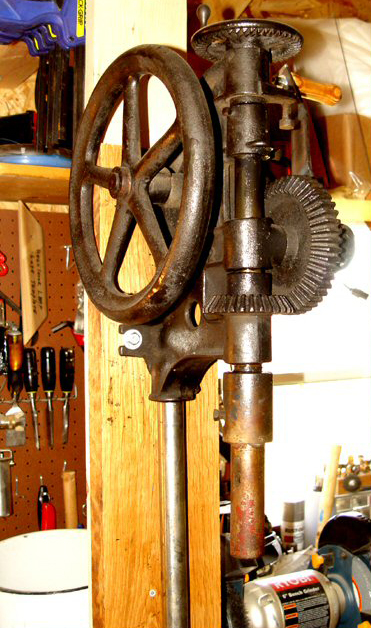
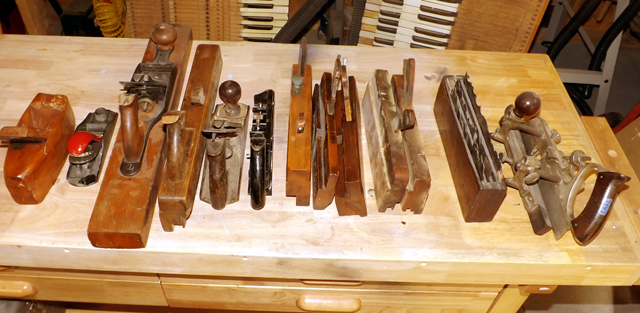
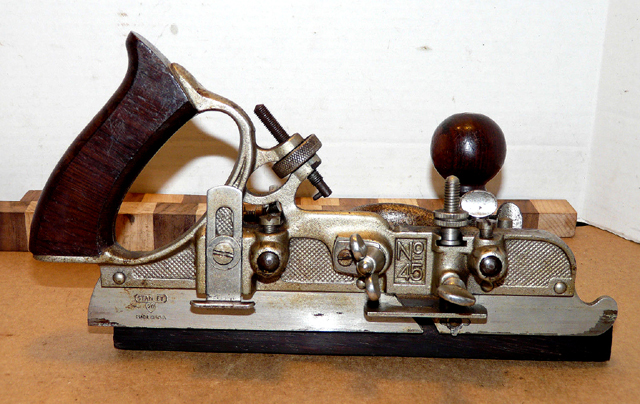
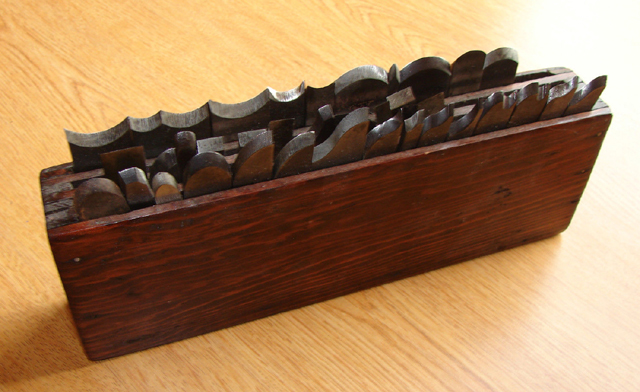

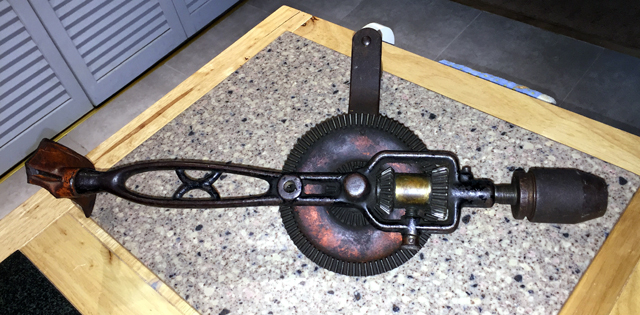
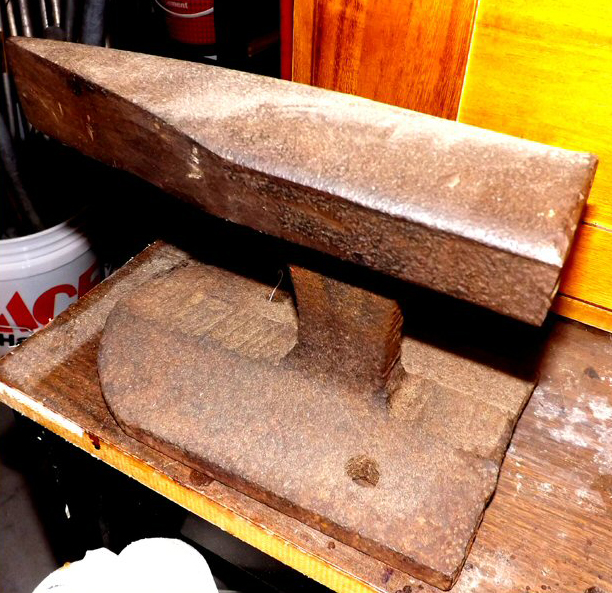
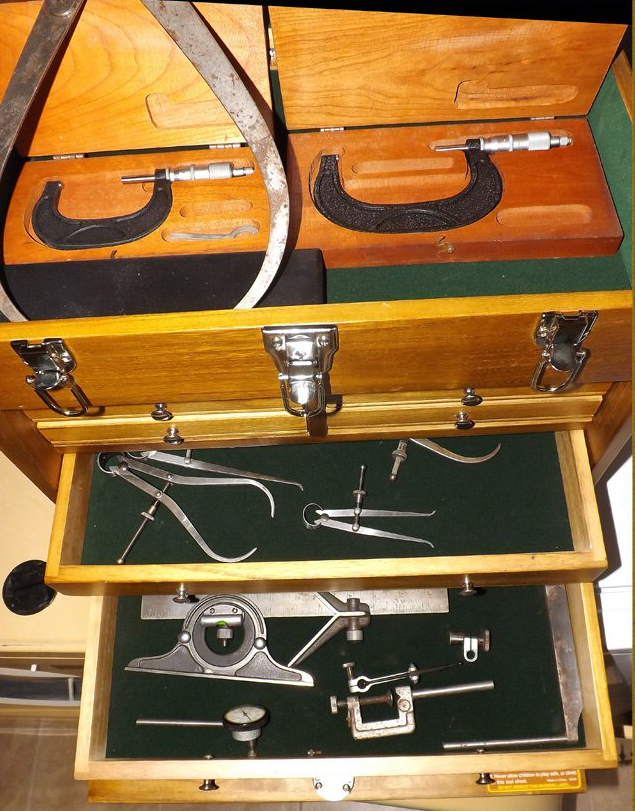
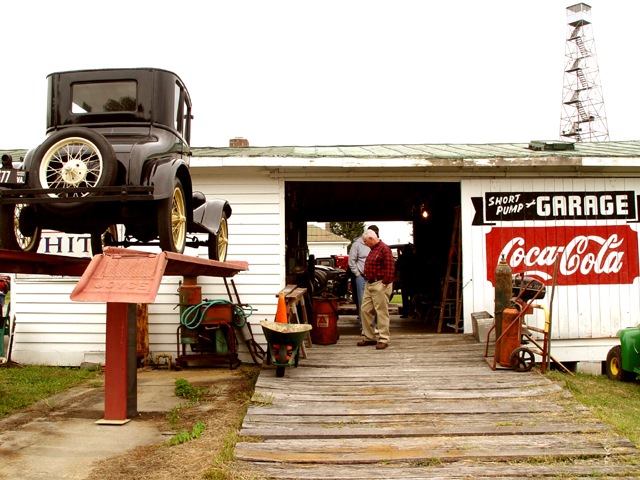
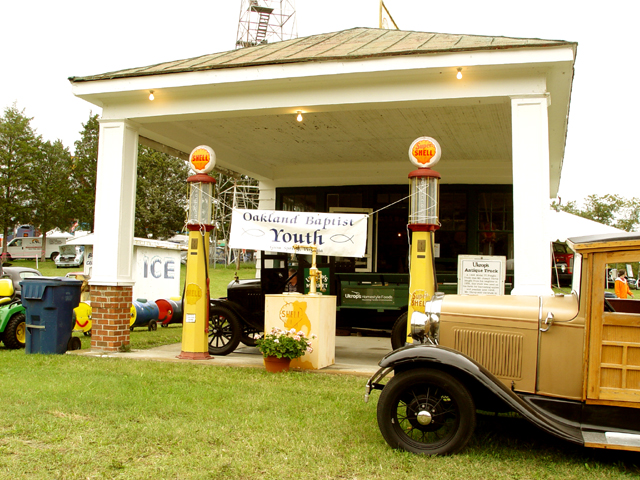
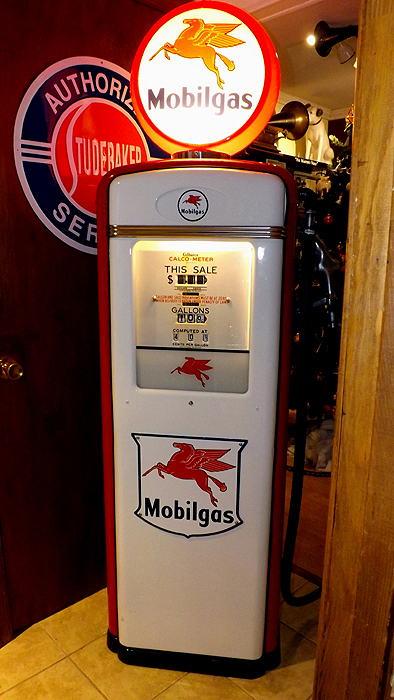
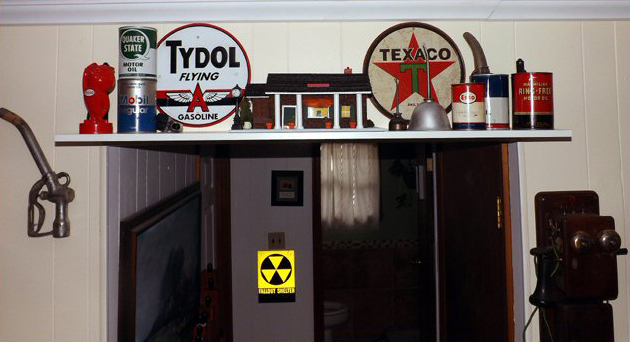
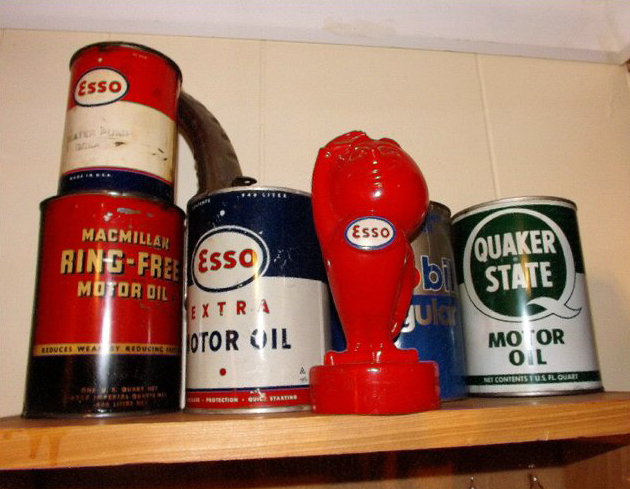
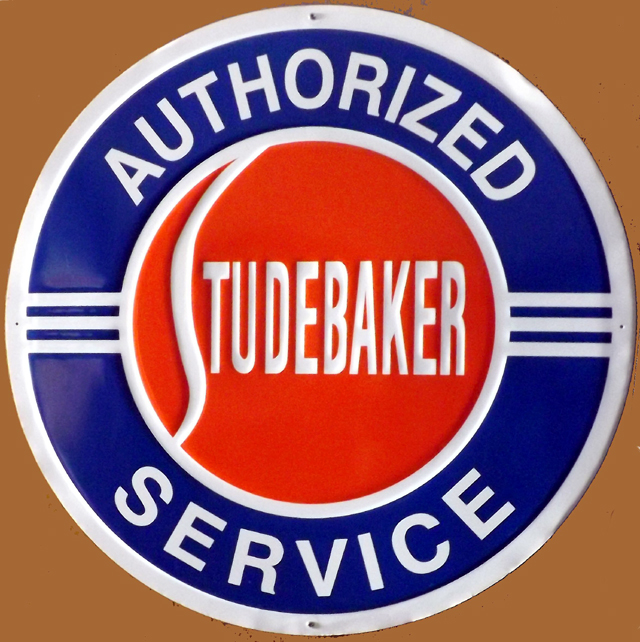
 Photo and narrative courtesy of Wikipedia
Photo and narrative courtesy of Wikipedia 